Bat ban 'won't stop Ponting's runs'
They can take Ricky Ponting's bat away but it's unlikely to stop one of the most prolific streaks of run-scoring in history.
The Marylebone Cricket Club (MCC) announced Thursday that Ponting's Kookaburra Kahuna bat with its distinctive woven carbon graphite backing does not comply with the laws of cricket.
Ponting's manager Sam Halvorsen said changing his bat would not make the slightest difference to Ponting, who scored 1544 Test runs at an average of 67.13 in 2005 - the second highest calendar year tally in history - then opened 2006 with twin centuries in Sydney in his 100th Test.
"If Kookaburra no longer can provide the bat that he's been using they'll have to provide him another one," Halvorsen said.
"It won't have the graphite strip on the back - it'll have something else - but it will be the exact same bat and it will perform exactly the same as the bat he's been using.
"The notion that the graphite enhances performance is just a complete furphy."
Also banned are the Kookaburra "Beast" models used by his team mates Mike Hussey and Brett Lee.
Damien Martyn and Justin Langer are the other Australian players contracted to Kookaburra, but their favoured models do not have the controversial backing.
Langer said he did not believe the graphite backing affected performance and said Ponting and Hussey would be just as effective without it.
"I think (they) could use a bit of plywood and still make runs," he said.
The company is working to get new bats to the players before they fly out with the Australian team on Monday for a tour of South Africa.
Kookaburra first submitted the Kahuna to the International Cricket Conference (ICC) in 2004. The ICC subsequently passed it on to the MCC, which is the keeper of the game's laws.
The MCC believes the graphite layer gives a power advantage and has now declared both models illegal in international cricket, though they can still be used in domestic matches.
At issue is whether the graphite cover is a superficial layer or an integral part of the blade.
Kookaburra is adamant that it is the former, but the MCC has ruled that it breaches Law 6 of the Laws of Cricket, which states that the blade of the bat must be made solely of wood and may be covered with material up to 1.56mm thick "for protection, strengthening or repair".
"Kookaburra is extremely disappointed by the MCC's opinion and strongly disagree(s) that our graphite-covered cricket bats do not comply," the company said in a statement.
The last bat to be banned internationally was Dennis Lillee's aluminium model which he used in a Test against England in Perth.
The laws of the game were subsequently amended to ensure bats were made of wood.
 © 2025 AAP
© 2025 AAP

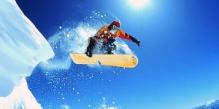
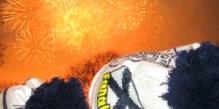

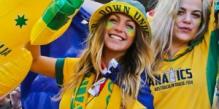



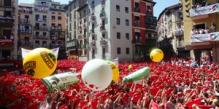

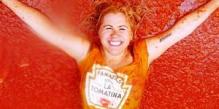




Post a comment about this article
Please sign in to leave a comment.
Becoming a member is free and easy, sign up here.